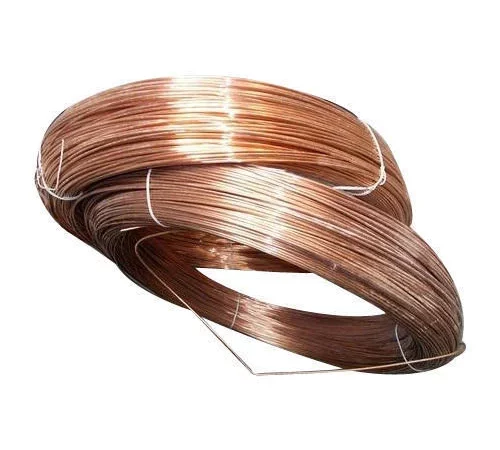In the world of materials science and engineering, innovation knows no bounds. From nanotechnology to advanced polymers, researchers and scientists are constantly pushing the boundaries of what’s possible. One such innovation that has been gaining attention in recent years is copper coated film, often referred to as “The Golden Sheen” for its distinctive appearance. This remarkable material is finding versatile applications across various industries, thanks to its unique properties and versatility.
Understanding Copper Coated Film
Copper coated film, as the name suggests, is a thin film or substrate coated with a layer of copper. This copper layer is typically very thin, often measured in micrometers, and is applied using various deposition techniques like sputtering, chemical vapor deposition (CVD), or electroplating. This process creates a metallic sheen on the film’s surface, giving it a golden appearance.
The copper layer provides several unique properties to the film, making it an attractive choice for a wide range of applications.
Versatile Applications
1. Electronics
Copper coated film has found significant applications in the electronics industry. Its high electrical conductivity makes it an ideal choice for flexible circuit boards, RFID antennas, and printed electronics. The thin and lightweight nature of the film is particularly advantageous in the miniaturization of electronic components.
2. Solar Panels
In the field of renewable energy, copper coated film plays a crucial role in enhancing the efficiency of solar panels. The copper layer acts as a conductive layer, improving the transmission of electrical current within the panel. This results in higher energy conversion efficiency, making solar panels more cost-effective and sustainable.
3. Heat Management
The exceptional thermal conductivity of copper makes copper coated film an excellent choice for applications requiring efficient heat dissipation. It is used in high-performance heat sinks, thermal interface materials, and even in the automotive industry to manage heat in electronic components.
4. Decorative and Aesthetic Uses
The golden sheen of copper coated film also finds its way into the world of aesthetics and design. It is used in interior design, architecture, and automotive detailing to create visually striking surfaces. The unique combination of copper’s color and the film’s flexibility allows for the creation of stunning and durable decorative elements.
5. Biomedical Applications
In the biomedical field, copper’s antimicrobial properties have been extensively studied. Copper coated films are being explored for use in medical devices, hospital surfaces, and even face masks to reduce the transmission of pathogens. This has gained significant attention, especially in light of recent global health concerns.
6. Packaging and RFID Tags
Copper coated films are used in anti-counterfeiting measures and packaging. They can be integrated into product labels or RFID tags, allowing for enhanced security and tracking of goods.
Advantages of Copper Coated Film
- Conductivity: Copper’s excellent electrical and thermal conductivity makes it indispensable in many applications.
- Flexibility: The film’s flexibility and lightweight nature allow it to be used in various forms and shapes.
- Durability: Copper coated films are resistant to corrosion, making them suitable for long-term use in challenging environments.
- Aesthetics: The golden appearance adds a touch of elegance and visual appeal to products.
Challenges and Considerations
While copper coated film offers numerous advantages, it’s important to consider potential challenges, such as cost and environmental impact. The production of copper coated film can be energy-intensive, and recycling these materials is not always straightforward. Therefore, efforts are ongoing to develop more sustainable production methods and recycling processes.
The Future of “The Golden Sheen”
As materials science continues to advance, copper coated film is likely to find even more applications in various industries. Its combination of electrical conductivity, thermal performance, and aesthetic appeal make it a unique and valuable material.
